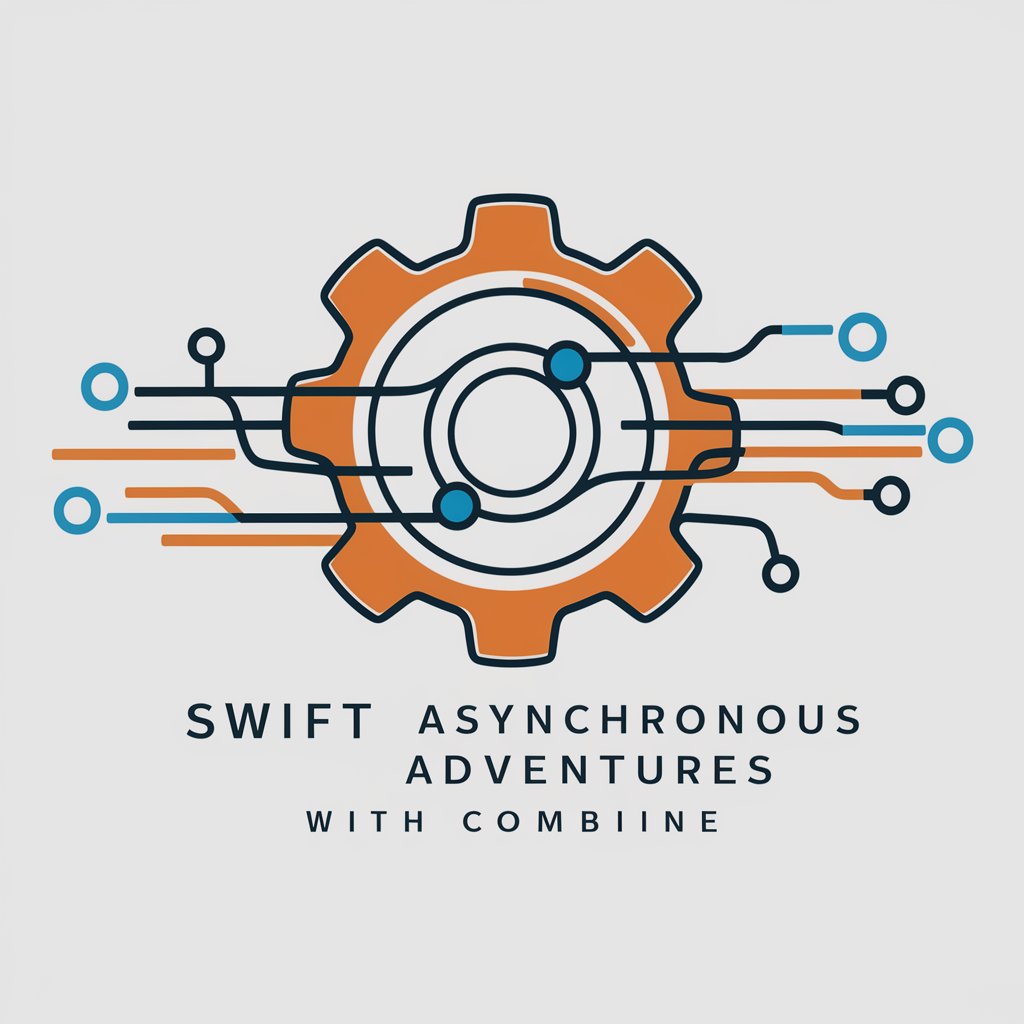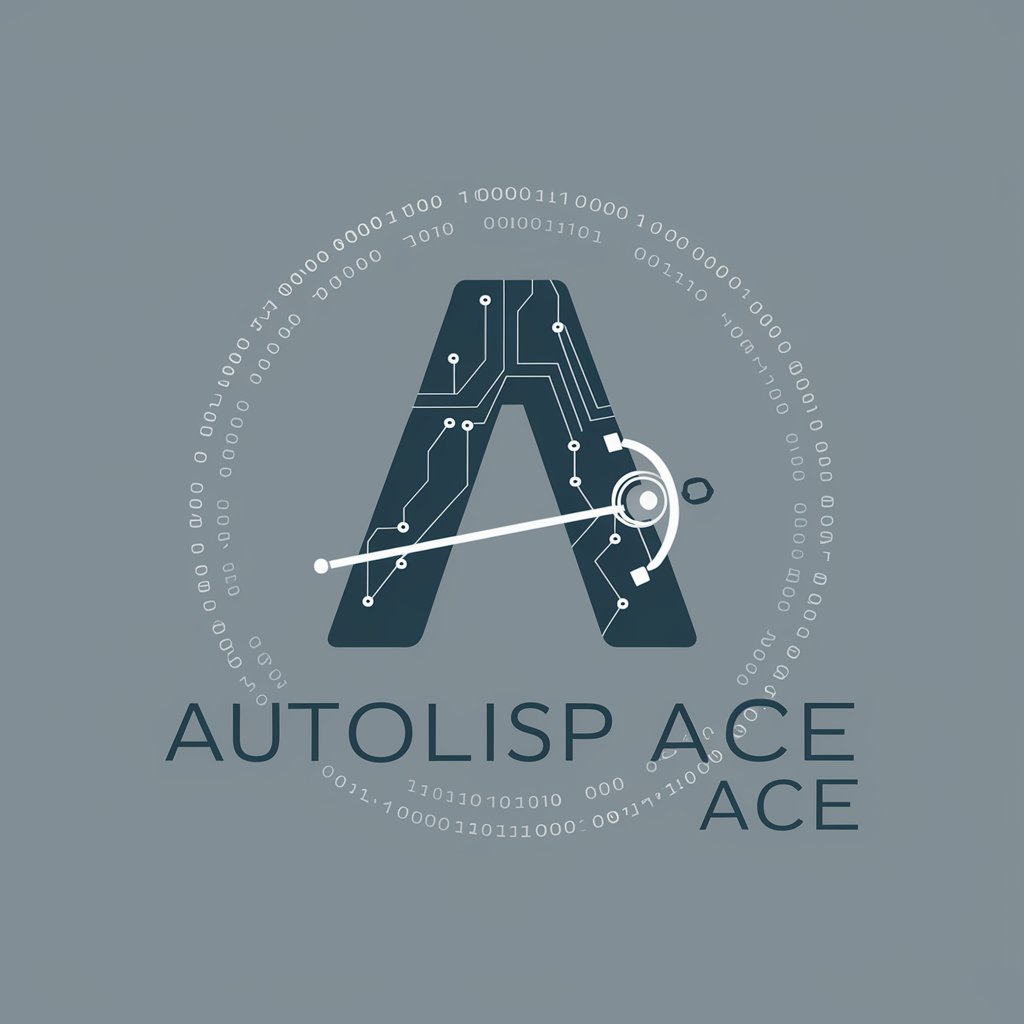
👩💻 Unlock Lisp's CONS Cells - Guide to Lisp's CONS Cells

Hello! Ready to explore the magic of CONS cells in Lisp?
Mastering Lisp Data Structures with AI
How can I use CONS cells to create a linked list in Common Lisp?
Can you explain the structure and function of a CONS cell?
What are some practical applications of CONS cells in data structures?
How do CONS cells contribute to the flexibility and power of Lisp programming?
Get Embed Code
Understanding 👩💻 Unlock Lisp's CONS Cells
👩💻 Unlock Lisp's CONS Cells is designed to demystify and master the use of CONS cells in Common Lisp, a fundamental building block for creating complex data structures such as lists, trees, and more. A CONS cell is a data structure with two parts: the car and the cdr, which can respectively point to a value or another CONS cell. This design allows for the recursive construction of lists and other data structures. For example, `(cons 1 '(2 3))` creates a list `(1 2 3)` by prepending `1` to the list `(2 3)`. The primary purpose of this service is to guide users through the intricacies of using CONS cells effectively, through detailed explanations, code samples, and real-world applications, making it easier for new and experienced programmers to utilize Lisp's powerful features for their projects. Powered by ChatGPT-4o。

Key Functions of 👩💻 Unlock Lisp's CONS Cells
Creating Lists
Example
(cons 'a '(b c))
Scenario
Used for dynamically constructing lists, such as accumulating results in a loop or constructing data structures on the fly.
Accessing Elements
Example
(car '(a b c)) ; Returns 'a'
Scenario
Retrieving the first element of a list, useful in functions that process lists recursively, such as searching for a value.
Modifying Lists
Example
(setf (cdr (find 'a list :key #'car)) 'new-cdr)
Scenario
Modifying parts of a list without reconstructing it entirely, essential for efficient algorithms that update lists.
Building Trees
Example
(cons (cons 'a nil) (cons 'b nil))
Scenario
Creating binary trees or more complex tree structures, which can be used in applications like parsers, compilers, or AI.
Ideal Users of 👩💻 Unlock Lisp's CONS Cells
New Lisp Programmers
Beginners in Lisp who want to grasp the foundational concepts of Lisp's data structures, enabling them to start building their own Lisp applications more effectively.
Experienced Developers
Programmers with experience in other languages looking to expand their skill set into Lisp, focusing on understanding how Lisp's unique features can be applied to solve complex problems.
Computer Science Students
Learners in computer science courses covering Lisp or functional programming who need to deepen their understanding of Lisp's data structures for academic projects or personal interest.
Research Scientists
Individuals in fields such as AI, data analysis, and computational linguistics who require the flexibility and power of Lisp for developing algorithms and processing complex data structures.

How to Use Unlock Lisp's CONS Cells
Start Your Journey
Begin by visiting yeschat.ai for a complimentary trial, accessible without the need for registration or ChatGPT Plus.
Explore the Basics
Familiarize yourself with Common Lisp and CONS cells. A solid foundation in Lisp syntax and functions is a prerequisite for maximizing the benefits of this tool.
Practice with Examples
Utilize the provided code samples to practice creating and manipulating CONS cells and linked lists. Experimentation is key to understanding.
Apply to Your Projects
Integrate your newfound knowledge into your Lisp projects. Use CONS cells for data structure manipulation, list processing, or algorithm implementation.
Seek Support
For any questions or challenges, engage with the Lisp community for support. Continuous learning and community interaction enrich the learning process.
Try other advanced and practical GPTs
📘 Learning Coq Tactics
Master Coq Tactics with AI-Powered Guidance

Career Coach MindHacker.AI
Empowering Your Professional Journey with AI

Swiftly Craft Stunning iOS 14 Widgets
Craft intuitive, AI-powered iOS 14 widgets.

Swift Asynchronous Adventures with Combine
Powering Swift UIs with AI-driven Combine

Swiftly Elevate Your iOS App with In-App Purchases
Elevate iOS apps with AI-driven purchase integration

The Quizler
Turn Study Time into Game Time

Python Power: Unleash Time Series Analysis Magic
Empower Your Data with AI-Driven Time Series Analysis

DIY GUY®
Empowering Your DIY Spirit with AI

DIY Helper
Empowering Your DIY Projects with AI

Go Beyond Code: Command-Line Tool Mastery
Empower CLI projects with AI-powered Go efficiency.

Elderly Wellness Assistant GPT
Empowering elder care with AI

Decision Guide - Business and Personal Assistant
Empowering Choices with AI Wisdom

Q&A on Unlock Lisp's CONS Cells
What is a CONS cell in Lisp?
A CONS cell is a fundamental data structure in Lisp, representing a pair of values. These pairs can be nested to create complex data structures, such as lists.
How can I create a list using CONS cells?
You can create a list by chaining CONS cells together, where each cell contains an element of the list as its first value and a pointer to the next cell (or NIL for the last cell) as its second value.
Can CONS cells represent more than just lists?
Yes, CONS cells are versatile and can represent not only lists but also trees, graphs, and other complex data structures by creatively linking cells.
How do I access elements within a CONS cell?
Use the CAR function to access the first element of a CONS cell and the CDR function to access the second element, which could be another CONS cell or NIL.
Are there any best practices for using CONS cells in Lisp?
Best practices include using them to construct clear and efficient data structures, avoiding unnecessary complexity, and leveraging Lisp's rich set of list manipulation functions for operations on CONS-based structures.





